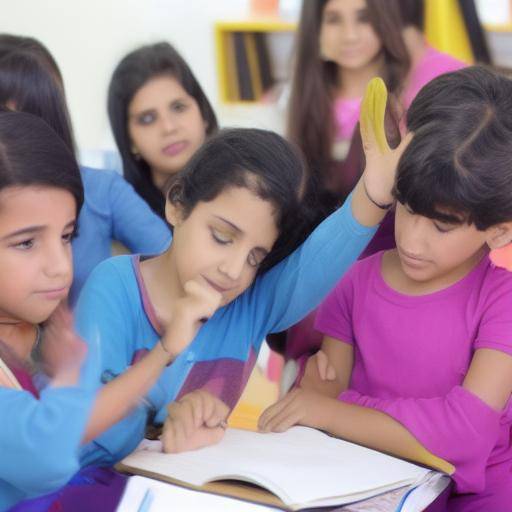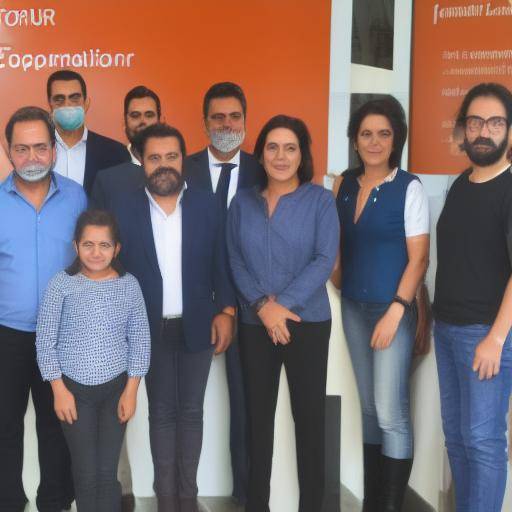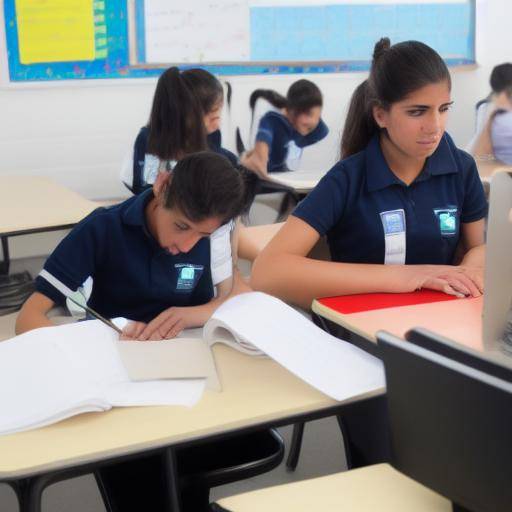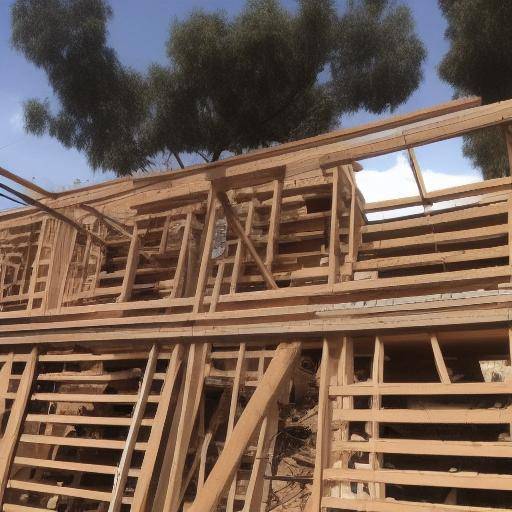
Teaching about local fauna and flora is critical to raising awareness of the importance of preserving and protecting the natural environment. By educating people about the biodiversity present in their environment, they are given the opportunity to understand their role in the conservation and preservation of local habitat. In this article, we will explore effective strategies to teach about local fauna and flora, as well as their positive impact on society.
Introduction
The teaching on local fauna and flora aims to promote the knowledge and appreciation of the biodiversity present in a specific geographical area. By teaching people about indigenous species, a sense of connection with the natural environment is encouraged and conservation is promoted. In this regard, it is essential to develop effective strategies that allow this knowledge to be transmitted in an impactful and meaningful way.
In this article, we will explore various strategies for teaching local fauna and flora, addressing both the theoretical aspect and practical applications. In addition, we will analyze the importance of this teaching in today's society and its contribution to the preservation of the environment.
History and Background
Teaching about local fauna and flora is rooted in the need to preserve ecological balance and biodiversity in a given environment. Throughout history, various cultures have valued the importance of knowing and respecting indigenous species, recognizing their fundamental role in the local ecosystem.
Origins and Evolution
The interest in the teaching of local fauna and flora dates back to ancient civilizations that depended directly on nature for their subsistence. These communities developed a deep understanding of the species present in their environment, recognizing their value in both practical and spiritual terms.
Over time, teaching on local biodiversity has evolved to integrate into formal educational systems, recognizing their importance for the integral development of people and the preservation of the natural environment.
Significant issues
Throughout history, significant milestones have been recorded in teaching about local fauna and flora. From the creation of natural reserves to the implementation of specialized educational programmes, various initiatives have contributed to the advancement of this discipline.
At present, the integration of local biodiversity education into the curricula has become a priority objective for educational institutions and environmental organizations, recognizing their positive impact on the formation of citizens committed to environmental care.
Analysis in Deep
Benefits and Challenges
Teaching on local fauna and flora offers a number of significant benefits, including the promotion of respect for the natural environment, the promotion of conservation, and the generation of awareness of the importance of biodiversity. However, it also faces challenges, such as the need to adapt content to different audiences and limit resources for implementation.
Current trends
At present, there is a growing trend towards the integration of teaching on local fauna and flora in multiple educational areas, from formal environmental education to community outreach programmes. This trend responds to the need to train informed and committed citizens to the conservation of the natural environment.
Comprehensive review
Applications and Best Practices
Strategies for teaching local fauna and flora cover a wide range of approaches, ranging from learning experiences in nature to the implementation of innovative educational resources. In this regard, it is essential to identify best practices and apply them effectively to achieve a significant impact on the formation of people.
Outlook of Experts
Experts on environmental conservation and education agree on the importance of developing innovative strategies that allow the dynamic and participatory transmission of knowledge about local fauna and flora. The use of educational technologies, field work and collaboration with local communities are some of the recommended strategies to enrich education in this area.
Comparative analysis
Teaching about local fauna and flora presents similarities and differences with other educational approaches, such as general environmental education or global biodiversity education. Understanding these relationships allows us to identify synergies and opportunities to enrich the formation of people in relation to their natural environment.
Practical Tips and Accessible Strategies
By implementing local wildlife education strategies, it is crucial to consider practical aspects that enhance the impact of training. Some recommendations include the use of relevant local examples, the incorporation of participatory activities and the promotion of direct observation of nature.
Industry Perspectives and Expert Reviews
The opinion of experts in conservation, education and natural sciences provides a comprehensive insight into the importance of teaching on local fauna and flora. These professionals provide valuable insights and enriching perspectives that enrich the understanding of the challenges and opportunities in this field.
Case Studies and Practical Applications
Case studies provide concrete examples of successful implementation of strategies for teaching local fauna and flora in various contexts. These practical applications show how theoretical concepts materialize in concrete initiatives, generating a tangible impact on society and the environment.
Future Trends and Predictions
Technological advancement, the evolution of educational methodologies and the growing environmental awareness profile the future of teaching on local fauna and flora. The predictions aim at greater integration of multidisciplinary approaches, the use of innovative digital tools and the strengthening of collaboration between key actors in conservation and environmental education.
Conclusions
Teaching about local fauna and flora plays a crucial role in the formation of conscious and committed citizens to the preservation of the natural environment. The strategies and approaches discussed in this article offer a comprehensive view on the importance of transmitting knowledge about local biodiversity, as well as its positive impact on the current society.
Frequently asked questions
1. Why is it important to teach about local fauna and flora?
Teaching about local fauna and flora is essential to raise awareness of the biological wealth of a specific area, promoting its conservation and preservation.
2. What effective strategies can be implemented to teach about local biodiversity?
The use of learning experiences in nature, the development of interactive educational resources and collaboration with local communities constitute effective strategies.
3. How can community participation be encouraged in teaching about local fauna and flora?
Engaging the community in observation, species monitoring and conservation projects promotes its active participation in the preservation of the natural environment.
4. How does teaching on local fauna and flora contribute to the integral formation of people?
Teaching about local fauna and flora promotes the connection with the natural environment, encourages critical thinking and promotes the assessment of local biodiversity.
5. What role do educational institutions play in promoting teaching on local biodiversity?
Educational institutions play a key role in integrating local fauna and flora education into their academic programmes and promoting the formation of citizens committed to conservation.
6. What are the most significant challenges in implementing strategies to teach about local fauna and flora?
The adaptation of content to different audiences, the availability of specialized educational resources and the need to involve key actors represent significant challenges in implementing strategies to teach about local biodiversity.
In short, teaching on local fauna and flora is essential to promote the conservation of the environment and to foster the connection of people with their natural environment. Effective strategies, community engagement and the integration of multidisciplinary approaches are critical to the success of local biodiversity education. As environmental awareness continues to grow, the promotion of education on local fauna and flora will continue to play a crucial role in the formation of citizens responsible and committed to the preservation of the natural world around them.






















































